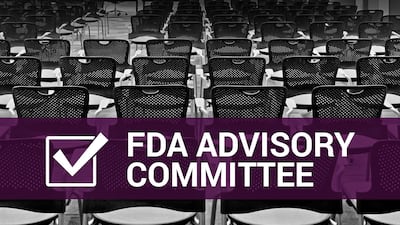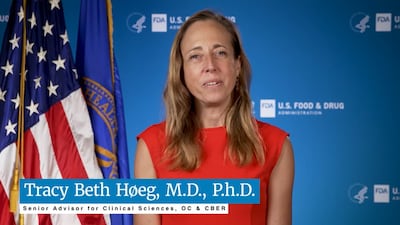Review Pathways
The FDA previously rejected AstraZeneca’s bid to convert the Factor Xa inhibitor reversal agent from accelerated to regular approval amid concerns about adverse events and the clinical meaningfulness of benefits seen in the confirmatory trial.
A Teva official suggested the increasing reliance on analytical characterizations rather than clinical studies to show biosimilarity should warrant user fee structure changes.
Flagship Pioneering is first partner in initiative aimed at giving drug developers early, informal, joint advice to fast-track the ‘most promising’ health care innovations. Pathway builds on an artificial intelligence collaboration between the UK MHRA and Singapore’s Health Sciences Authority.
Industry representatives raised several concerns about an FDA proposal to charge additional fees to sponsors not conducting Phase I trials in the US, including that the idea could increase the burden of drug development overall.
The first approval under the Commissioner's National Priority Voucher, a re-introduction of domestic production of an antibiotic, took two months to clear, but the timeline will be more challenging for the three pending CNPV applications with efficacy claims.
A review of South Korea's GIFT fast track initiative for high-need drugs reveals that foreign firms have been the main beneficiaries over the first three years.
The agency wants to ensure orphan drug sponsors cannot benefit from fee exemptions while gaining approval of non-orphan indications.
The tilt toward approval extended beyond patients and advocates to clinicians, professional societies and industry.
FDA’s proposed easing of biosimilar pathways is a mixed blessing for CROs even as it, along with tariff threats and funding scarcity, has led to paused clinical studies. Parexel’s India head talks about keeping up with the regulation and other AI-led changes in this interview.
The soon-to-be former CDER director will return to the oncology office to complete his FDA tenure, the agency said.
In another surprise leadership move, Commissioner Martin Makary named Høeg, who has stirred controversy with her involvement in FDA vaccine issues, the interim replacement for Richard Pazdur.
With the roll out of agentic AI, the US FDA continues to expand its capabilities, following the launch of Elsa, its generative AI tool in May.
The FDA told the Pink Sheet an ANDA managed to be submitted during a period when no new ANDAs could be accepted.
India is advancing regulatory rationalization efforts, refining procedures and pathways. Guidelines for biosimilars are expected to align with international standards, while early steps towards PIC/S compliance have been initiated.
ANDA sponsors received 20 days to pay fees associated with applications submitted during the government shutdown, while NDA and BLA sponsors only received five days.
The FDA proposed changes to the formal meeting system for sponsors in the next generic drug user fee program cycle, in part to speed timelines.
During the first GDUFA IV negotiation session, industry representatives were unsure whether the FDA’s idea to create pathways for onshoring incentives fit the scope of the generic drug user fee program.
A new reliance pathway under which regulators will rely on each other’s assessment reports strengthens the goals of key continental health initiatives, including the newly formed African Medicines Agency.
Denecimig, Novo Nordisk’s prophylaxis treatment for hemophilia A, is among the latest products that have been filed for review by the European Medicines Agency for potential EU marketing approval.
Concept outlined in NEJM by current FDA leaders is a ‘reasonable’ mechanistic approach that had been in development for several years, former Center for Biologics Evaluation and Research Director Peter Marks said.




















